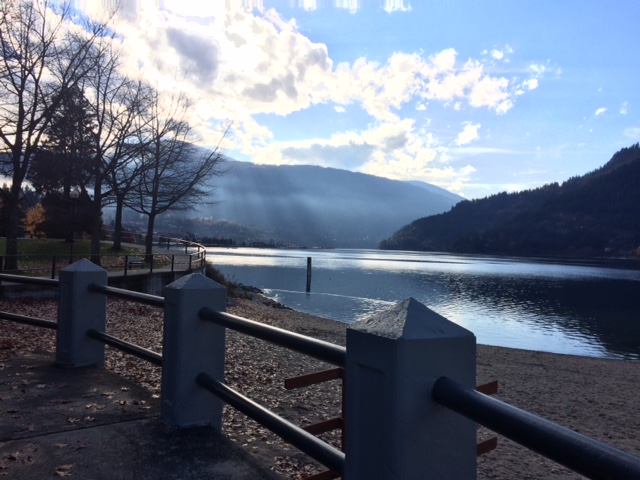Twelve of the province’s 217 snowpack reporting stations showed historically low snowpack levels for March, two of which are in the West Kootenay region.
In a media briefing today (Friday), Dave Campbell, head of BC’s River Forecast Centre, revealed that the provincial snowpack for March is 66 percent of normal, the lowest it’s been in two decades and the second lowest ever.
Two reporting stations in the West Kootenay, at Ferguson and Sandon, showed all-time record low snowpacks for March. The Ferguson station measurement was reported to be 51 percent below normal levels, and 59 percent at the Sandon station.
Last March, the provincial snowpack level was significantly higher at 94 percent of normal, but the province still experienced prolonged heat and drought conditions followed by a devastating wildfire season. Campbell says this year’s low snowpack levels could result in another drought this summer, but also less flooding during spring fresh.
“We are anticipating a decrease in the seasonal flood risk in most areas of the province, particularly in areas where the snowpack is closer to normal. In terms of the low snowpack, the big concern really is around the drought supply,” said Campbell.
“We know that the water stored in the snow up in the landscape is below normal, so the flow that we anticipate seeing off that water availability is going to be lower as we come into the summer, and that certainly is an ongoing concern in terms of the implications for drought.”
He adds that even though the forecast predicts four to eight more weeks of snowfall, he doesn’t expect it to improve conditions significantly.
“We typically have about 80% of the snow that we see for the year on the ground right now. We may see another one to two months of snow accumulation, but we typically see the middle of April being the peak of the snow accumulation and then we start to melt off.”
Campbell couldn’t comment on the effects of the current snowpack level on the upcoming fire season but said the effects of the predicted drought will depend on a community’s wildfire readiness.
“I would look to the wildfire service in terms of their seasonal readiness and communications around the upcoming fire season. Even with the low snowpack, there will still be a period of spring fresh, and that snow is going to melt and contribute a lot of water onto the landscape,” said Campbell.
“There is still very much a cycle that needs to take place as we go through the spring before we get into those areas where we’re going to see really dry ground conditions and that sort of soil moisture piece.”
The next update on the provincial snowpack levels will be released on Apr. 10.
The March update can be found here.






